Hopes for a High Speed Rail (HSR) link in Texas between Houston and Dallas goes back nearly 40 years, coming close to fruition in the 1990s with a project mimicking the French TGV.
Since then, there’s been more talk but virtually nothing in the way of actual construction. Some proponents of HSR feel that if efforts aren’t soon successful, a major opportunity will be lost.
Ben Barnes, the former Lt. Gov. of Texas, told CNBC of how Southwest Airlines spent $37 million to convince Texas farmers that their cows were going to “quit giving milk,” along with other horror stories, should electric trains run through the state. Southwest also challenged federal tax-exempt bonds to develop the rail network.
The HSR concept continues its fight against opposition beyond large corporate interests. For example, grassroots groups like Texans Against High-Speed Rail includes families who have worked their farms for generations and envision the elevated tracks slicing through their properties.
Madison County Judge Clark Osbourne echoes those concerns, telling CNBC, “This thing’s going to cut Madison County in half, like it will every other county along the line.”
The good news is that after years of halted discussions, new breath has been given to the ambitious project. Texas Central Partners and Amtrak announced last August a partnership to move the Houston to Dallas project forward. This is coupled with recent announcements out of Washington.
The High Speed Rail Alliance reports that a bill introduced in the U.S. House of Representatives in March would see investment of $41 billion annually in high-speed rail (greater than 200mph) and “higher-speed rail” projects over five years, a total investment of $205 billion.
Co-sponsor of the Bill, Rep. Seth Mouton (D) of Massachusetts, told CNBC, “Texas is probably about the most obvious, or the one that would have the biggest return on investment.”
“I would argue that the Texas triangle is the lowest hanging fruit in the nation for improving intercity passenger rail service,” Austin Mayor Kirk Watson told CNBC.
Watson is a member of a group formed to create a 90-minute HSR link between Dallas and Houston.
Linking Houston and Dallas by HSR has many advantages.
The trip by HSR would be considerably faster and less expensive per passenger than by automobile and even by air. Although the elevated rail system could potentially remove thousands of acres of farmland, it would occupy far less land than eight- to 10-lane freeways. Estimates also suggest if completed as projected, 15,000 cars would be taken off the highways each day, along with their exhaust emissions.
A Texas Supreme Court decision in 2022 granted eminent domain rights to the HSR promoters, although Andy Byford, senior VP, High Speed Rail Systems, Amtrak, told CNBC he isn’t convinced that’s the right way to proceed.
“It’s certainly not something that we would want to do. I hope that over time we can convince all Texans of the massive benefits that this project would bring.”
The Houston to Dallas proposal is reviving dreams of extending the HSR link to run between Dallas and nearby Fort Worth.
The Dallas terminal for the Dallas to Houston HSR route has already been approved by federal officials for South Dallas’ Cedars neighborhood. Linking it with a Fort Worth line would see the elevated rail line pass through downtown, raising several concerns.
The Dallas Morning News editorial board, while supporting the Dallas to Houston run, warned recently that the Fort Worth route would create, “an unacceptable physical barrier along the western edge of downtown,” while only marginally shortening the trip.
Hunt Realty Investments Inc. president Colin Fitzgibbons agreed, telling local media that the Fort Worth line’s extension through Dallas would create, “an ugly scar that would tear apart neighborhoods, severely dilute the benefit of parks, and create significant barriers for the creation of many new business districts.”
Hunt has a big interest at stake in the matter. In January, the developer proposed a 20-acre, $5 billion mixed-used development adjacent to Dallas’ iconic Reunion Tower and a Hyatt Regency Hotel. Both would be negatively impacted by the Fort Worth connection, the company says.
While HSR development discussions continue, there is little evidence of a state buy-in for HSR, despite evidence of a massive potential net benefit for the Texas economy. In contrast, the Texas State Department of Transportation plans to spend over $37.2 billion in 2024-2025, “to fund the development, delivery, and maintenance of state highway projects.”
“You know, sometimes elected officials have no problem providing massive subsidies for highway interstates,” Byford said. “For whatever reason, railways seem to be treated differently.”


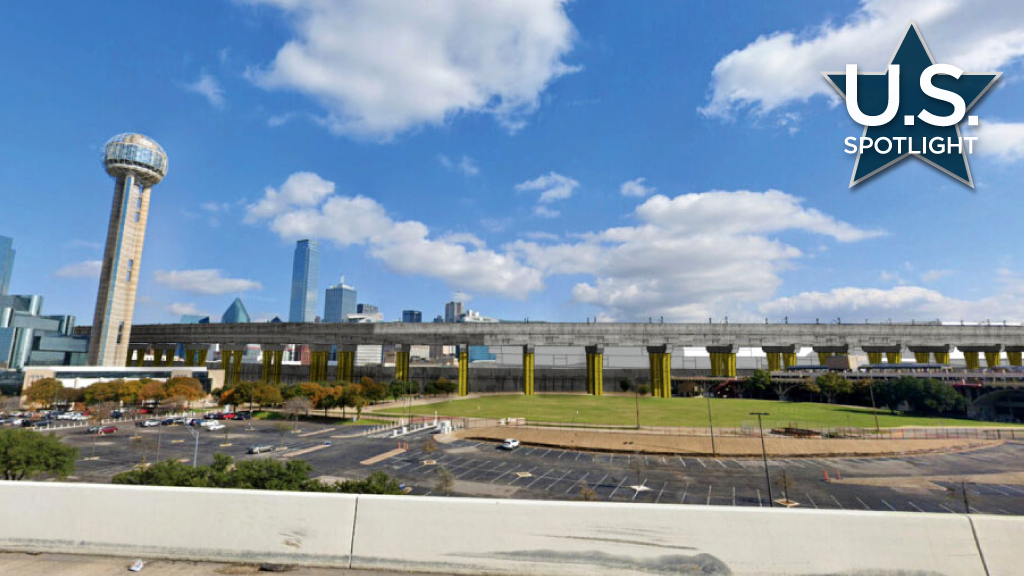
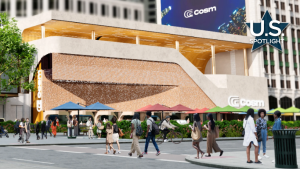
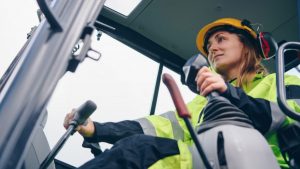
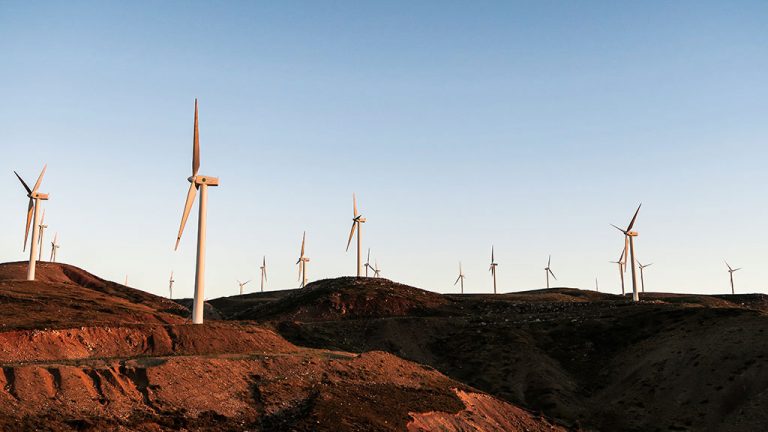
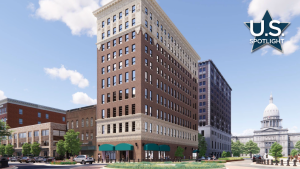




Recent Comments
comments for this post are closed